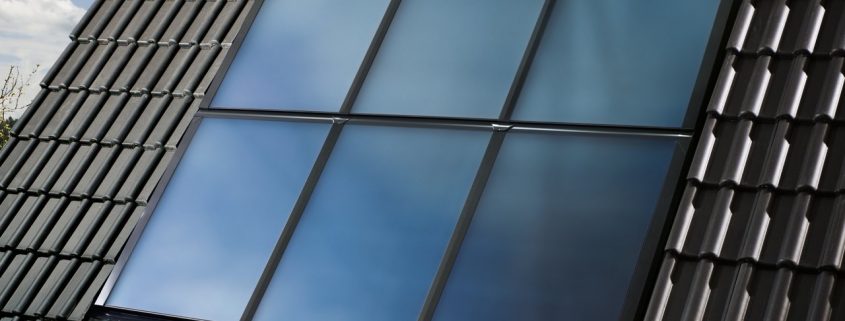Costs
Are solar thermal systems are not a good investment, the simple answer in most cases is NO. While the principle of using FREE energy from the sun to heat water makes sense, how does it work in a real-life application in the UK. The average family will spend around £1000 per year on heating and hot water. Hot water accounts for around 20% of the annual domestic fuel bill (£200). A correctly sized solar thermal system will cover on average 70% of your annual hot water consumption or save £140 per year, or does it? A circulation pump is required to move the fluid from the roof array to the cylinder as well as the control system. An ErP compliant A rated pump will cost around £20 per year to run and controls (£2). This gives a real life saving of £118 per year. An MCS supplied and installed system with new cylinder costs between £4000 & £5000.
Renewable Heat Incentive
Under the governments Renewable Heat Incentive scheme, a home owner would receive between £1500 & £3000 (dependant on occupancy) paid quarterly over 7 years. Servicing and maintenance must be factored in with an average service charge of £250, as it can only be carried out by a qualified specialist. We would recommend the system is serviced every 5 years to check integrity of the pipe work, panels, expansion vessels and most importantly the antifreeze. As with your car, part of the major service is to replace the antifreeze as it deteriorates over time creating sludge which inevitably leads to terminal problems!
Using an average installation cost of £4500, RHI return of £2200 and 3 services (£750) over the systems lifespan, there is a deficit of £2950. This is reduced by the offset in fuel (£118pa). In this scenario the Return on Investment (ROI) would be 25 Years (excluding fuel inflation).
Design considerations
We are one of the few companies in the South West that offer servicing & repair for any manufacture of solar thermal system and the biggest cause by far of system failure is over sizing of the array. Once the hot cylinder has reached its target temperature (65C-70C) the solar thermal system becomes static as it can’t reject the energy from the sun. This is called stagnation, where the fluid (antifreeze) boils and reaches temperatures of 200C – 300C. Stagnation is normal but can be reduced with a correctly sized array and storage cylinder. Excessive stagnation will cause system components to fail; expansion vessels, pumps, sensors and the panels or tubes.
The number of panels or tubes must be calculated based on occupation and actual usage. Not the number of bedrooms and bathrooms. It is a lot easier to increase the size of a system than to reduce it.
Benefits
With modern high efficiency buildings, solar thermal can be integrated in to a low temperature heating system and cover around 20% of the annual heating load. Unfortunately, the RHI does not provide payments to solar thermal systems for space heating.
Solar thermal systems for indoor and outdoor swimming pools and can provide huge fuel savings over conventional heating methods and even heat pumps.
Commercial applications attract the highest ROI of any technology with a 20-year RHI tariff; swimming pools, district\communal hot water, energy harvesting for ground source heat pumps, process plant, etc.
Solar Thermal Advice
Solar thermal systems are good addition as a supplementary or primary heat source but only in the right application. The effect of stagnation can not be under estimated.
You can reduce fuel costs and your carbon foot print with simple measures; loft insulation, draft proofing, LEDs and most importantly, bad habits. The next step would be installing Smart thermostats to control the heating or upgrading to an A rated efficient boiler or heat pump. A Solar PV system still offers a ROI of 7-10 years even though the tariff has recently been reduced.
If you want to know more about the options available speak to our Technical team at info@swenergy.co.uk.


